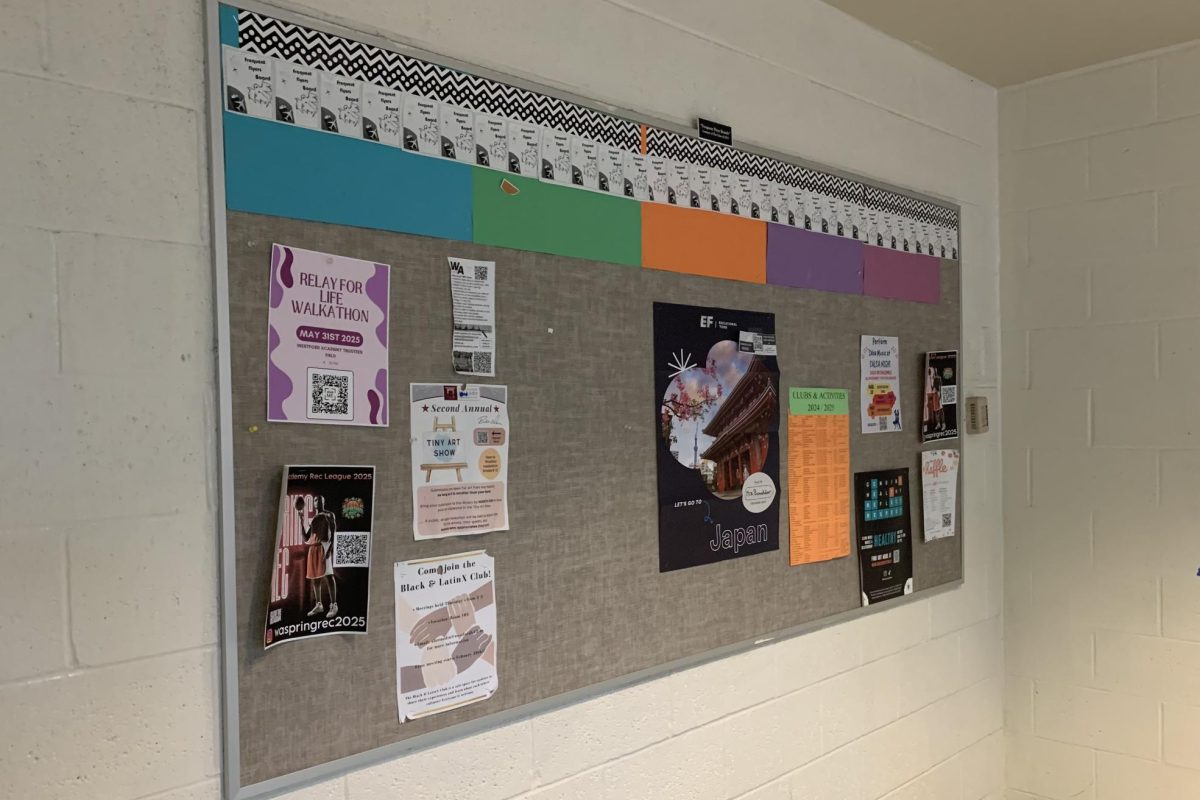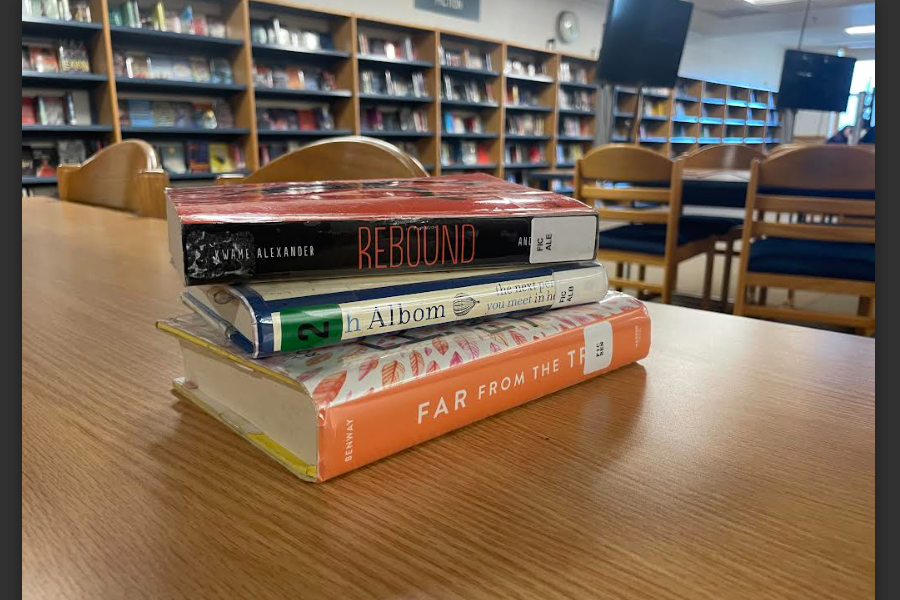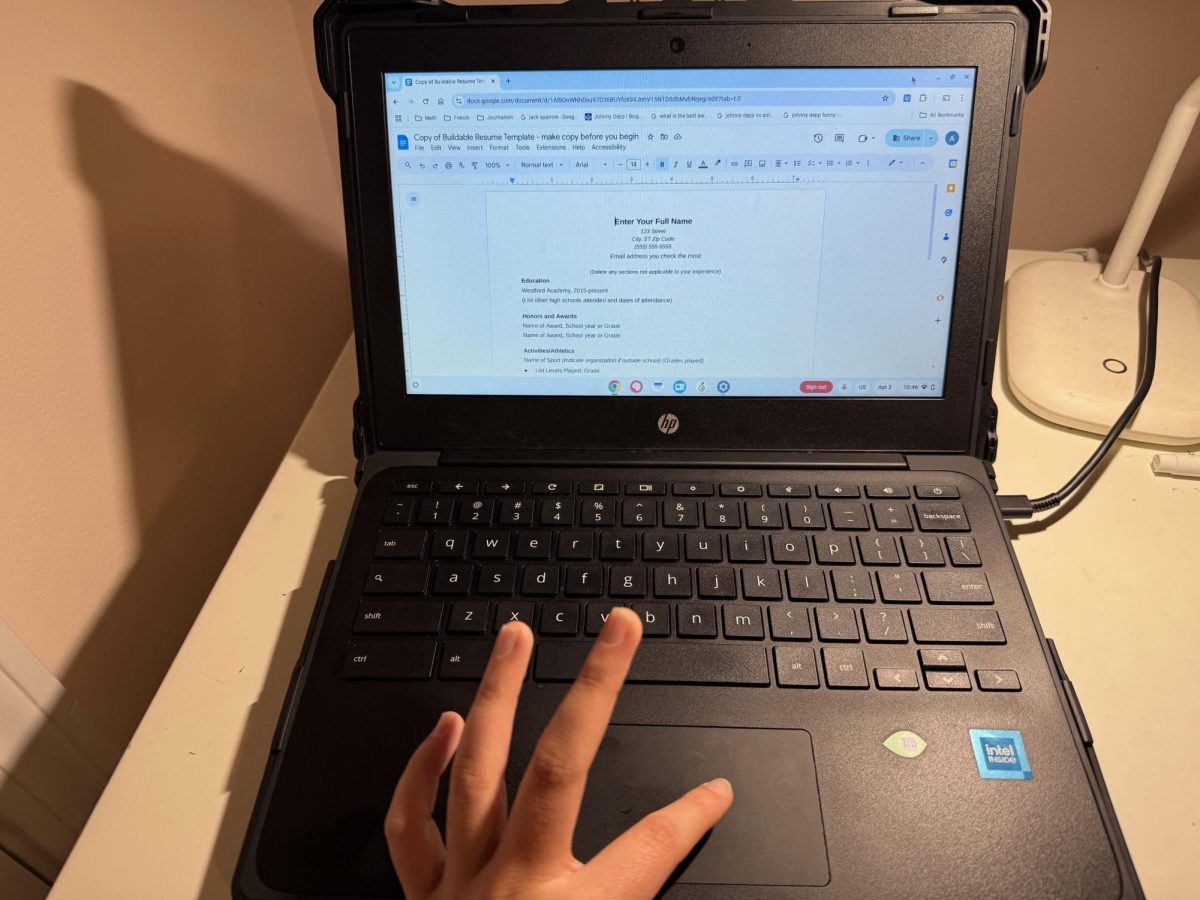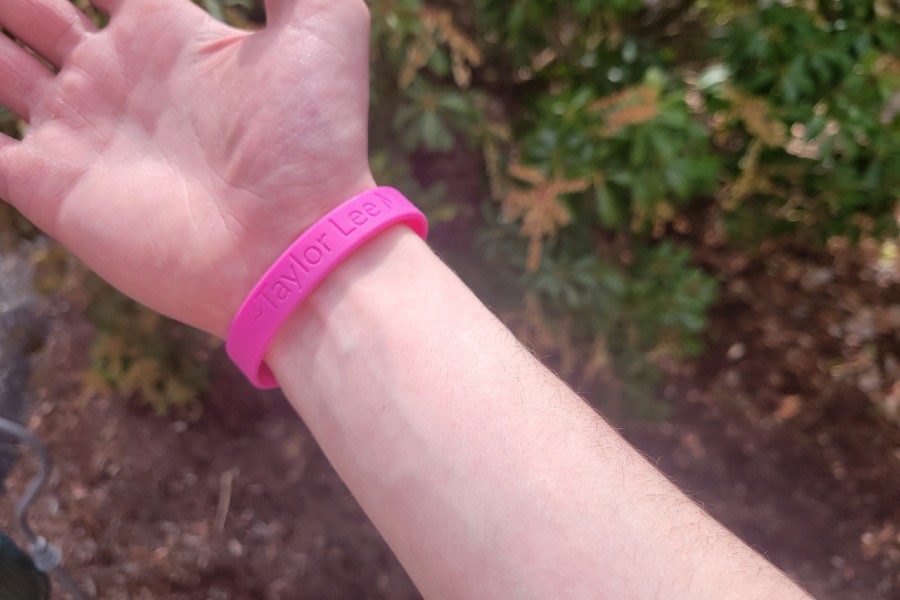
By Ethan Walshe
Editor-in-Chief
A natural gas leak that caused the evacuation of approximately 2000 Westford Academy students and faculty members on September 9 has called into question WA construction and evacuation procedures.
Argus Construction, the company in charge of the current renovations going on in Alumni Stadium, was digging in conjunction with another fencing company to install new fencing when they struck the gas line two weeks ago. Subsequently, every person in WA was evacuated to the back field of Robinson Elementary School.
The error was the result of a miscommunication between Argus and the fencing company regarding who would contact Dig Safe, the company that surveys all land before digging is done to insure that gas, electrical, and water mains are not underneath the site. As a result, Dig Safe was not called.
“[W]hen digging anywhere really, when you go to dig near residential places or businesses you’re supposed to call Dig Safe and that wasn’t done. The responsibility really lies with the fencing company or with the general contractor,” said Westford Academy Principal Jim Antonelli.
Also according to Antonelli, the various companies currently working on Alumni Stadium could be met with additional penalties. These including paying for all necessary repairs and the costs of police and fire details. They could additionally incur a fine for failing to contact Dig Safe prior to breaking ground to install fencing.
The failure of both Argus and their fencing contractor to go through the appropriate channels before breaking ground near a public school was quite surprising to Antonelli.
“It’s standard protocol. It’s standard operating procedure that you call Dig Safe whenever digging’s going on … It was surprising to all of us quite frankly,” said Antonelli.
But whose fault this was was not the only question brought to the forefront. Some additionally wondered if the rushed evacuation and lack of communication during the event represented the true preparedness of Westford Academy for crisis situations.
According to junior Marcus Kohnstam, the entire event seemed somewhat confusing.
“At first I thought it was some kind of drill … some advanced fire drill or something. [It was] only when we went to Robinson field that I realized something was wrong,” said Kohnstam.
Kohnstam’s sentiments were common among those being evacuated on September 9. Many did not know why they were being sent to the back field unless they had personally smelled something or heard the news being speculated by classmates.
Antonelli however, feels that WA handled the situation very well, even if communication was overlooked. Between a school wide evacuation and return to regularly scheduled dismissal was a 40 minute interim, indicating a quick and effective evacuation.
“I didn’t want to cause any panic with people because there was no imminent threat of any explosion happening or some kind of reaction to the gas leak. I felt confident that less was more at that point to get people out of the building,” said Antonelli.
Senior Olivia Peterson reinforced Antonelli’s feelings about panic.
“The whole school really pulled together and remained calm through the entire ordeal,” said Peterson
With all kinds of discussion about school security in the air over the past few months, programs like ALICE, which stresses communication about crisis situations have come to the forefront (for more on that policy, read this article). It is easy to see where components of the ALICE program would have been effective during September 9th’s evacuation.
There are facets of the ALICE program that Antonelli feels would be useful going forward.
“I think moving forward what I’m going to value is being able to communicate more with [the students] as adults, to be able to say ‘this is what the situation is, this is the problem we have, this is how I want it handled, and let’s cooperate and act accordingly.’ For me, it’s the communication piece,” said Antonelli.






